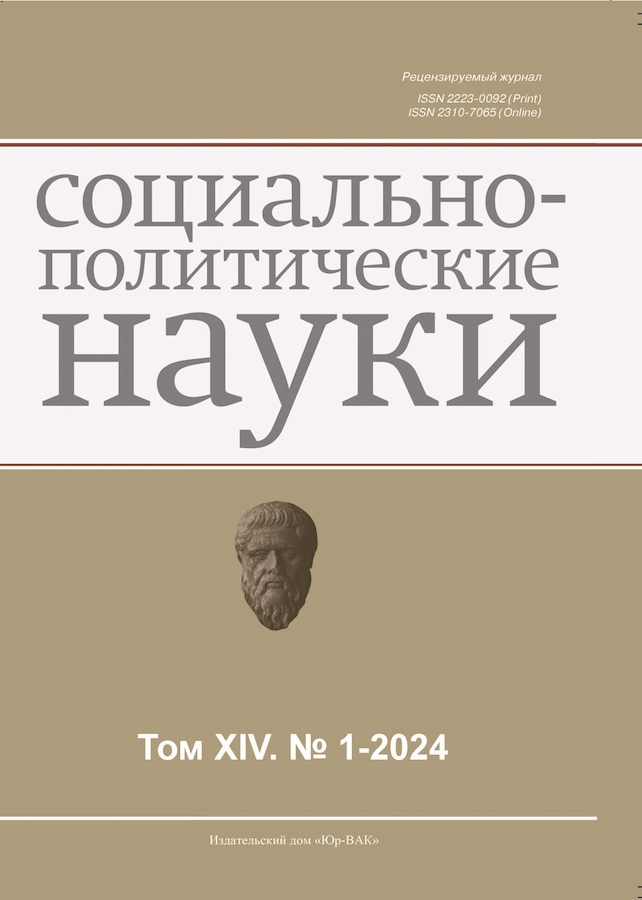European policy vector M. Thatcher, T. May, L. Truss: euroscepticism, brexit, distancing
- 作者: Lazareva E.V.1, Ustinova N.V.1
-
隶属关系:
- Ural Federal University named after the first President of Russia B.N. Yeltsin
- 期: 卷 14, 编号 1 (2024)
- 页面: 67-75
- 栏目: International Relations, Global and Regional Studies
- URL: https://journals.eco-vector.com/2223-0092/article/view/630564
- DOI: https://doi.org/10.33693/2223-0092-2024-14-1-67-75
- EDN: https://elibrary.ru/CBCJSM
- ID: 630564
如何引用文章
详细
The article is devoted to the European course of Prime Ministers M. Thatcher, T. May and L. Truss, based on the analysis of a wide range of sources and literature, the British policy regarding Euro integration in the period 1979–1990, and 2016–2019 is examined. and 2022. The work identifies the main stages and main directions of each of the three ladies – heads of government of the United Kingdom in the formation and implementation of the British strategy in a united Europe. We examined the reasons, goals, features and factors of London’s political course regarding the Brussels model of deepening and expanding cooperation from the European Economic Community to the European Union. It is shown that, firstly, the Thatcher government sought to use the Common Market as a trade and economic bloc, membership in which could contribute to both the economic growth of its country and the restoration of Britain’s global role in Europe and in the world. This task was solved by Thatcher through sharp confrontation, defending British interests, and receiving benefits and preferences from participation in the Community. Secondly, after the decision of the referendum on leaving the EU, T. May led a complex and contradictory negotiation process to develop conditions with Brussels, the British Parliament and the Conservative Party, which found itself in crisis due to disagreements on Brexit, which led to T. May’s resignation. Thirdly, the course of the L. Truss cabinet, in a situation of economic crisis, was focused on protecting British interests in trade and the fight against illegal migration but did not lead to noticeable results.
全文:
作者简介
Elena Lazareva
Ural Federal University named after the first President of Russia B.N. Yeltsin
编辑信件的主要联系方式.
Email: levburo@mail.ru
ORCID iD: 0000-0003-0268-6643
Cand. Sci. (Hist.), Associate Professor; Associate Professor, Department of Theory and History of International Relations
俄罗斯联邦, YekaterinburgNatalia Ustinova
Ural Federal University named after the first President of Russia B.N. Yeltsin
Email: Natalia_Ustinova@mail.ru
Cand. Sci. (Polit.), Associate Professor; Associate Professor, Department of Theory and History of International Relations
俄罗斯联邦, Yekaterinburg参考
- Gromyko A.A. From the history of England’s accession to the EEC. New and Modern History. 1980. No. 3. Pp. 54 –72. (In Rus.)
- Zuev V.N. The phenomenon of the supranational economic mechanism of the European Union. Moscow, 2008. 255 р.
- Lazareva E.V., Berseneva A.A. Great Britain in the EU: accession, retreat, Brexit. Bulletin of Tomsk State University. 2018. No. 435. Pp. 127–134. (In Rus.)
- Khakhalkina E.V. The European Union, Great Britain and the problems of pan-European identity. Siberian Historical Research. 2014. No. 1. Pp. 49–58. (In Rus.)
- Hesin E.S. Great Britain: changing the economic landscape. IMEMO. 2018. No. 11. Pp. 5–14. (In Rus.)
- Fella S. New Labour and the European Union. Political strategy. London, 2002. 268 р.
- Holmes Р.М. Thatcherism: Scales and Limits, 1983–1987. Oxford, 1989. 174 р.
- May А. Great Britain, the Commonwealth and Europe: Statements of the Commonwealth and Great Britain on accession to the European Communities. New York, 2001. 286 р.
补充文件








